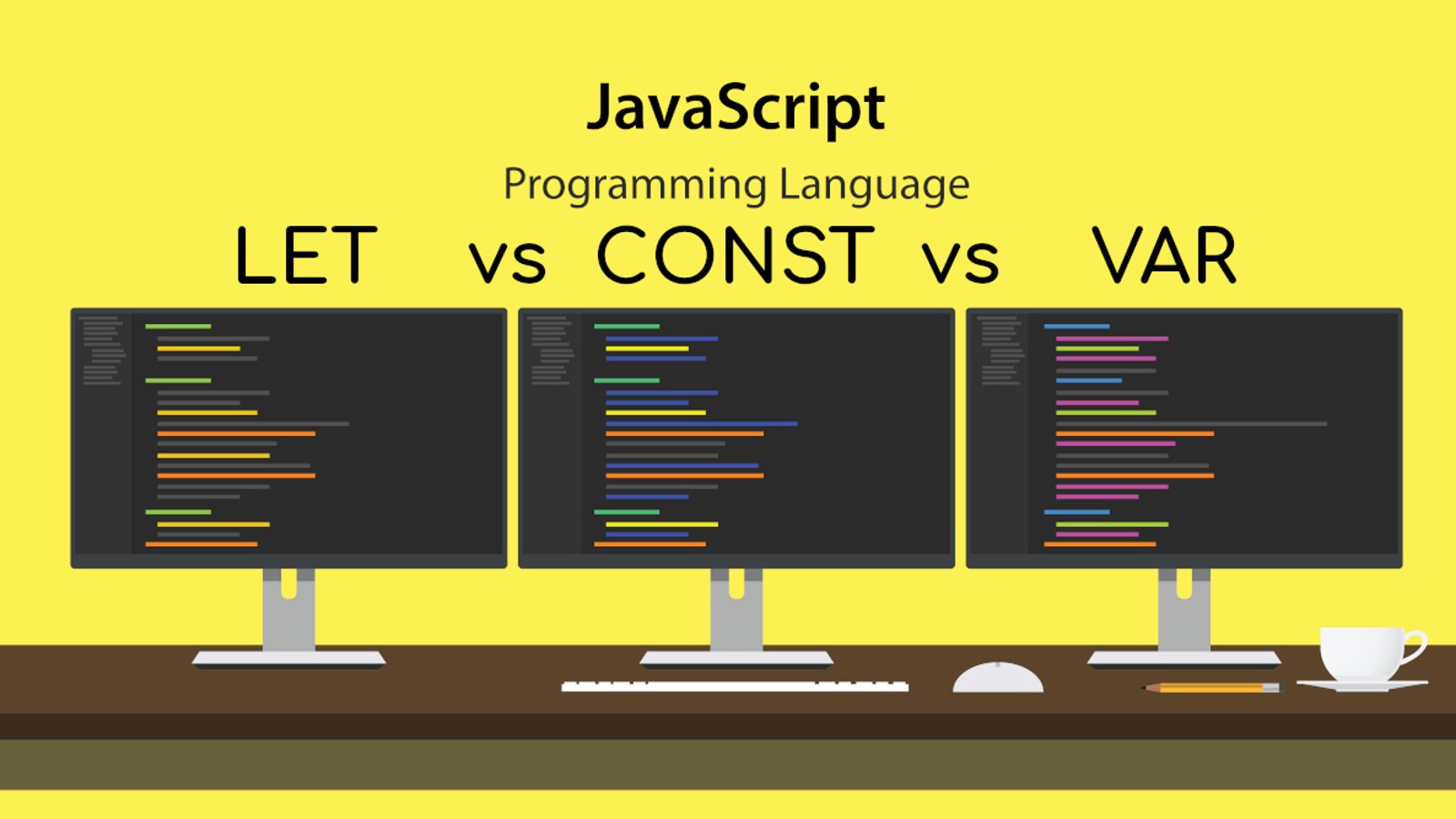JavaScript Variables: Master var, let, & const for Cleaner Code
 Zakeer Hussain Syed
Zakeer Hussain Syed
What are variables and why do we need them?
Variables are like containers in your computer's memory that hold data. Imagine them as labeled boxes where you can store different items (numbers, text, etc.). They're essential for building dynamic programs, allowing you to perform calculations, store user input, and manipulate information during program execution.
Declaration vs. Initialization
Declaration: This is the act of introducing a variable into your code. It's like reserving a box for a specific name. You use keywords like
var,let, orconstto declare a variable. Example:let myName;Initialization: This involves assigning a value to a declared variable for the first time. It's like placing an item inside your labeled box. Example:
myName = "Zakeer";
var name = "Zakeer"; // Declaration and initialization
let location;
location= "Hyderabad"; // Initialized later
The Evolution of Variable Declarations: var, let, and const
The Old Standard: var
For years, var was the only way to declare variables in JavaScript.
var age = 30;
Key Points:
Function-scoped: Variables declared with
varare accessible anywhere inside the function where they're declared, or globally if declared outside of functions.Hoisting:
vardeclarations are "hoisted," meaning they are conceptually moved to the top of their scope, making them accessible even before the line of code where they're declared (explained in detail later).
Modern Best Practices: let and const
ES6 (ECMAScript 2015) introduced let and const for more control and predictability when working with variables.
let
- Block-scoped: Variables declared with
letare only accessible within the specific block of code where they're declared (a block is code enclosed in curly braces{}).
if (true) {
let myCity = "New York";
console.log(myCity); // Outputs: New York
}
console.log(myCity); // Error: myCity is not defined (outside the block)
const
Immutable values:
constis for variables whose values you don't want to change once assigned. They are great for constants.const PI = 3.14159; PI = 5; // ERROR: Assignment to constant variable.
Why Were let and const Introduced?
Safer & Predictable Code: Block-level scoping helps prevent accidental variable overwrites and unintended global variables that can cause bugs.
Temporal Dead Zone (TDZ): Variables declared with
letandconstcannot be accessed before their line of declaration. This eliminates confusing situations caused by hoisting that can occur withvar.
Hoisting and Scope
Hoisting is a JavaScript mechanism where variables and function declarations are moved to the top of their containing scope during the compilation phase before the code has been executed. This behavior is different for var, let, and const.
var: Variables are hoisted and initialized withundefined.letandconst: Variables are hoisted but not initialized. Accessing them before the declaration results in aReferenceError. This temporal dead zone (TDZ) is a time span between variable creation and its initialization where they cannot be accessed.
Importance of Hoisting
Hoisting can be helpful as it allows functions to be used before their formal declarations in the code, promoting more flexible code structuring. This can be particularly useful in scenarios involving function declarations and classes.
Let's write better JavaScript! By understanding these concepts, you'll be able to write cleaner, more maintainable, and less error-prone JavaScript code.
Subscribe to my newsletter
Read articles from Zakeer Hussain Syed directly inside your inbox. Subscribe to the newsletter, and don't miss out.
Written by
